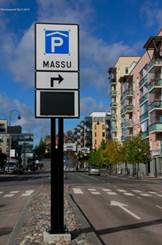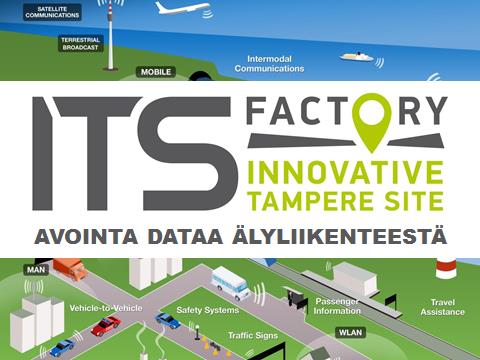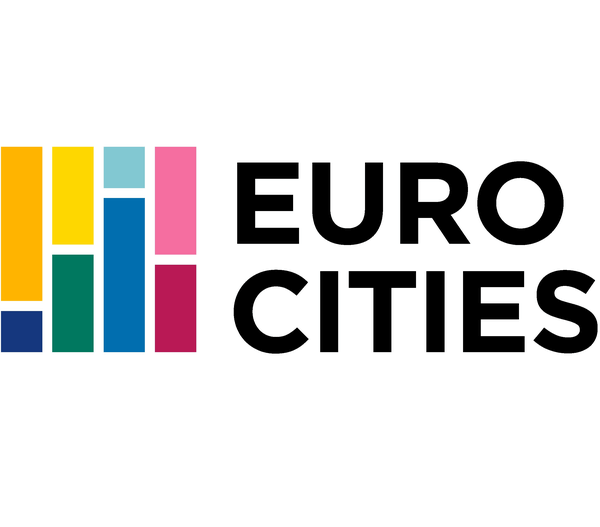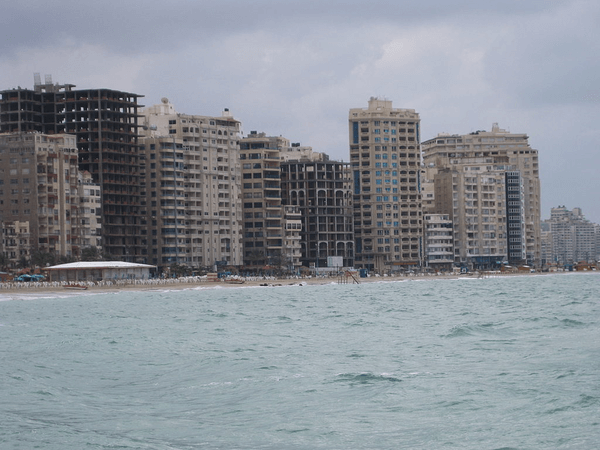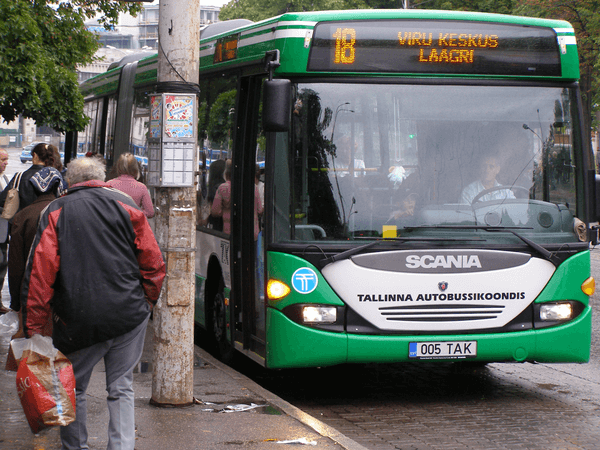City
Tampere
Main actors
City Government, Private Sector, Research Institutes / Universities
Project area
Whole City/Administrative Region
Duration
Ongoing since 2012
ITS Factory is a collaborative space where developers, companies, research organisations and individuals come together to create new intelligent transport systems and services (ITS).
At ITS Factory, solutions are developed to make it easier for people to move around conveniently, safely and with a minimum environmental impact. Tampere understood that the development and adoption of ITS services (Intelligent Transport Systems and Services) also requires collaboration between businesses with bright ideas and researchers with unique insights, as well as government bodies involved with policy, legislation and standards. ITS Factory reflects this understanding, bringing together local, national and international public and private stakeholders to work towards common goals. Their services are currently being used by around 2,000 people a week.
Originally published by EUROCITIES, the network of 130 European cities - PDF: http://nws.eurocities.eu/MediaShell/media/Fast-transport-Tampere.pdf
Eurocities Awards
This project was shortlisted for the 'Eurocities Awards' in 2014 in the following category: Cooperation.
On Map
The Map will be displayed after accepting cookie policy

